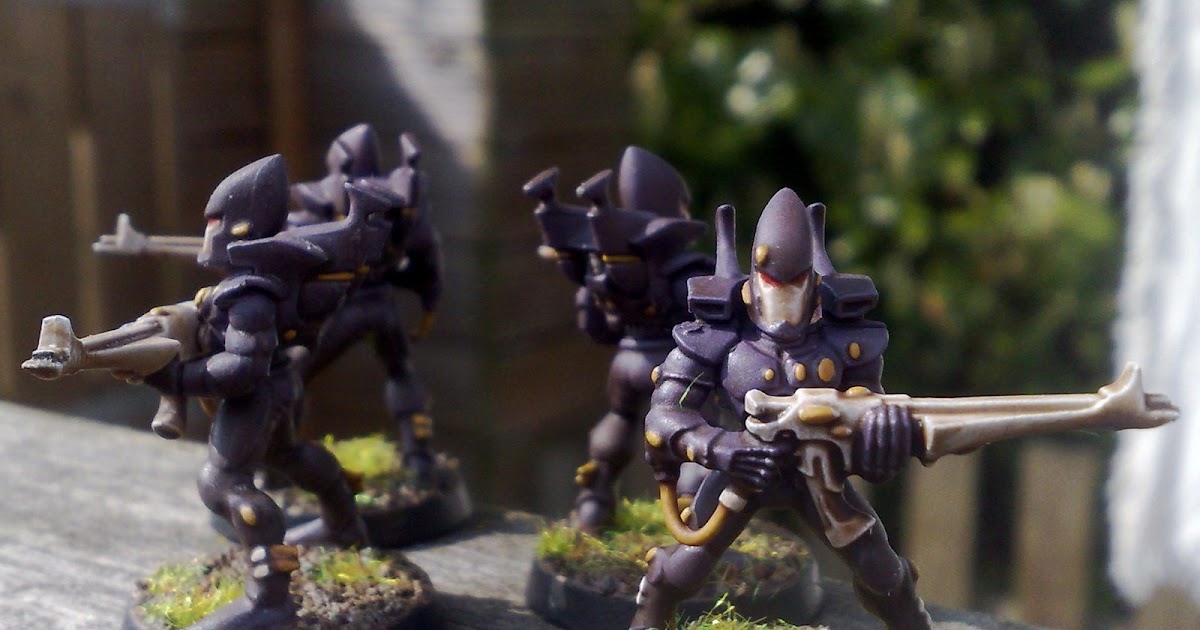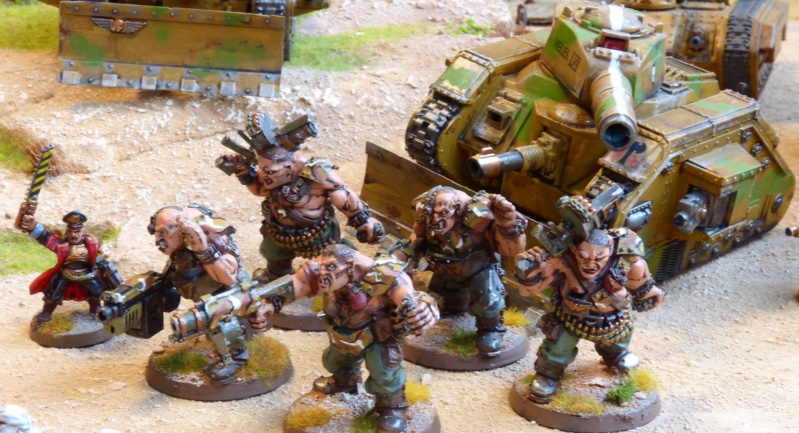
The Umber Hulk, a somewhat B-List D&D monster, is the inspiration of this darling. The Ferro-Beast is a fairly obvious Rust Monster proxy, both in powers and insectoid appearance, while the Enslaver feels like a fourth hand recollection of what a Beholder looks like - round body, central eye, tentacles emitting.ġst Ed and 3rd Ed Umber Hulk art: spot the family resemblance! The Warhammer rulebook, therefore, is filled with creatures who are Expies of other things that GW was making figures of at the time - a lot of them D&D creatures, since Games Workshop had started supporting RPGs first and foremost. The Adeptus Arbites aren't just inspired by the Judges of Judge Dredd - GW were making figures of those judges, so including them was just common-sense. It became quickly apparent that wasn't the case but the bulk of the 1st Ed book was written under that premise - and the classic "Space Elves/Dwarves/Orcs" conceit was there as much for easy availability of figures as a stylistic conceit. Sci-fi games were rare and sci-fi figures in short supply so everything had to be made assuming that players would be mostly converting Warhammer, D&D, World War II and other fantasy figures to the task. One important thing to know about 40K is that, as surprising as it might seem to us know, Rick Priestly informs us that it wasn't initially considered to be likely to succeed. A book which can't quite decide if it's a skirmish wargame or a roleplaying game, it assumes your battles will include a GM and features various animals & other non-combatants to use as complications to throw into a scenario. The Ambull, a sort of burrowing ape/insect hybrid, makes it debut in the bestiary at the back of Warhammer 40,000 1st Edition. and pretty much last appearance, if we're going to be honest.įirst, some history. Front and center is perhaps the strangest in the set, a 40K monster surrounded by Warhammer Fantasy beasties - the Ambull, a creature who I now have a painted example ofįirst appearance. Most of the creatures in the Yellow-bordered "Monsters" set are fairly classic mythological beasts like Ogres, Minotaurs, Trolls, Dragons etc along but there's a few odder examples. Every card had a picture of a gorgeous painted Citadel Miniature on them and individual Orcs, Space Marines, Ogres etc even had names - years later I can still remember some of those names. They were basically just Games Workshop-themed Top Trumps with some suggestions for more involved, complex games to play.

Citadel Combat Cards were an excellent little toy that I brought to the playground on many an occasion - cheap, quick and portable.

It would be impossible to get a nerdy 13 year old into the hobby without a three digit price tag and (speaking very much from personal experience here) convincing random mates of yours who haven't tried the hobby before to play a several hours long game of Warhammer is a big ask.īack in the Ye Olden Days things were a little difference. One thing notably missing from current Games Workshop design principles is a cheap and cheerful "gateway drug".


 0 kommentar(er)
0 kommentar(er)
